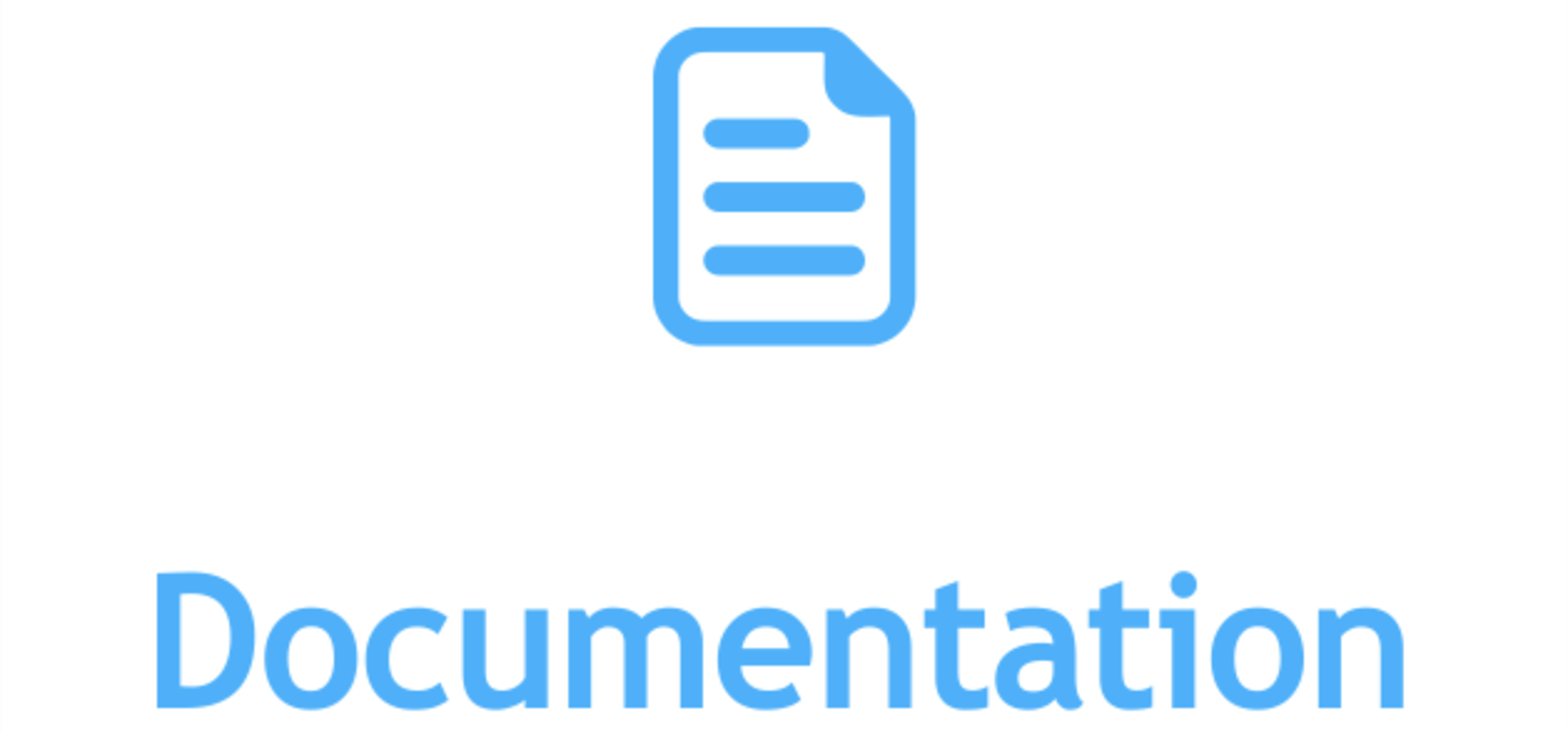February 6, 2025
Rekindle your love of Salesforce
Have You Fallen Out of Love with Salesforce? Here’s How to Bring Back the Spark Like any long-term relationship, your journey with Salesforce started with...
Learn More
The Documentation Saga: An Introduction To Elements.cloud
“Documentation is not about what we do. It is typically what we end up searching for.”
It seems tough to remember what we had for dinner yesterday. Your future dev team will find it even more challenging to remember why the System Admin added 10 custom fields with no descriptions to your company’s Opportunity object. Your users might remember some of the reasons why they were asked to populate the information, but more likely unless they need it for critical reporting needs, they won’t remember either. Add to that the continuous stream of change requests and new releases, and pretty soon your System Admin will lose track of what changed in your Salesforce org and why!
We all agree that documentation is the last thing on everybody’s mind - and really, where do you even start? But what if there was an easier way to tame the chaos and get rid of the documentation debt you have?
Enter - Catalyst by Elements.cloud
Catalyst allows you to:
When you connect Catalyst to your org, it creates a tree-like representation of your metadata. That there, is half of your documenting needs taken care of. Every field now displays a list of where it is being used - workflows, validation rules, formulae and even reports! It even lets you know the percentage (%) filled for each field and about all Salesforce items that are missing description and help text - a great way to focus on beginning documentation.
Other mission critical artifacts include -
NOW that we have your attention - these are the only questions you need to answer:
In a nutshell, if you are anybody who uses Salesforce - embrace documentation. And let Elements.cloud be your guide through this journey.
Watch this space for our next article on how to take documentation to THE next level using Elements.cloud.
To know more on how we used it for our customers, click here
Find an interesting read at https://www.v2force.com/catalyst/
.png?crop=21x0x95x100&resize=5920x6065)
Have You Fallen Out of Love with Salesforce? Here’s How to Bring Back the Spark Like any long-term relationship, your journey with Salesforce started with...
Learn More
Checking Out AI? How Smart POS Systems Are Uncovering Hidden Revenue Streams POS systems have long been the backbone of retail and service industries. But...
Learn More
While Salesforce's latest AI offering Agentforce is a hot topic, many dealerships still wonder how it can make a tangible difference in their operations. The great news...
Learn More
Let us know your Salesforce project needs and we’ll set up a time to chat about timelines, budgets, and next steps.
Contact Us